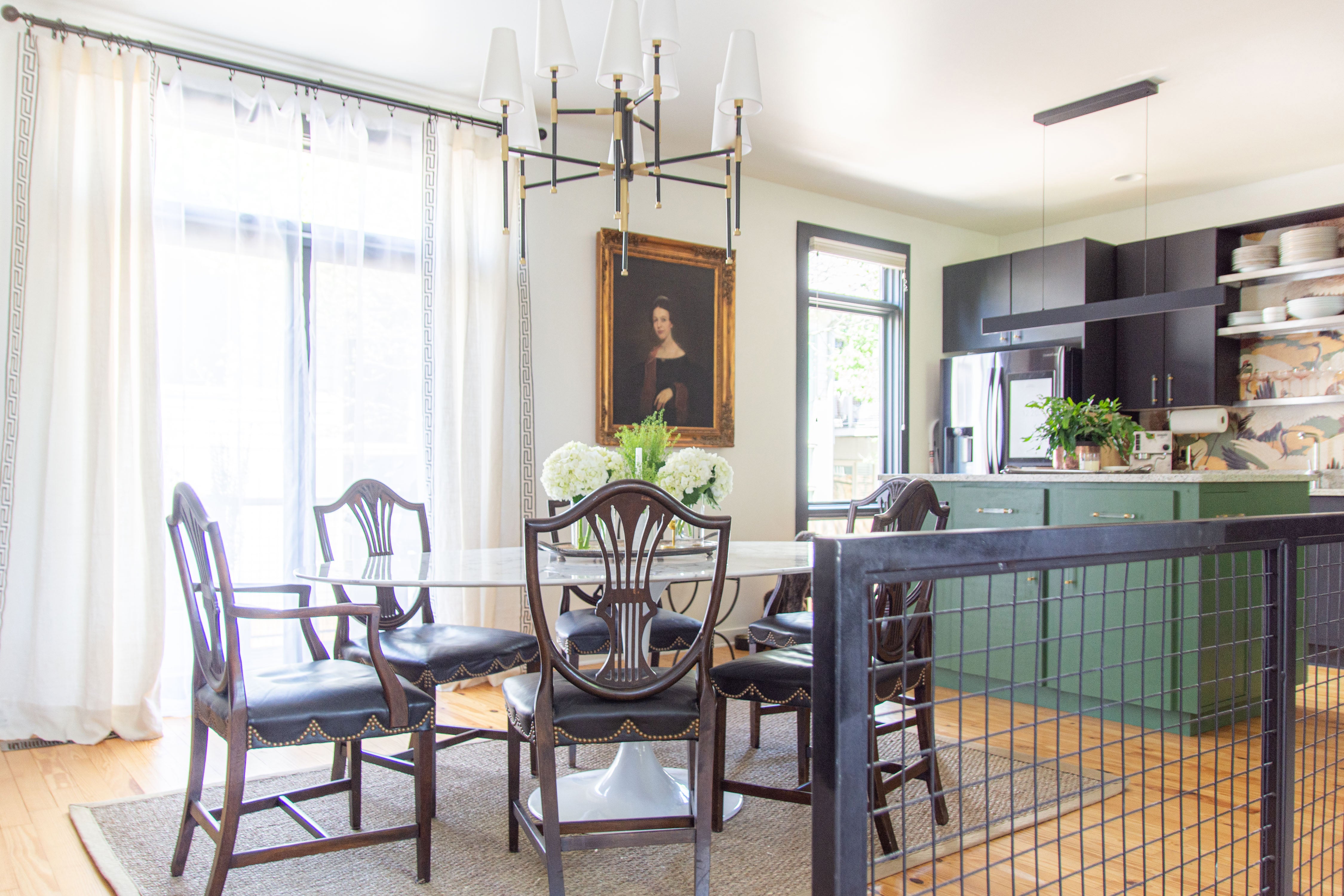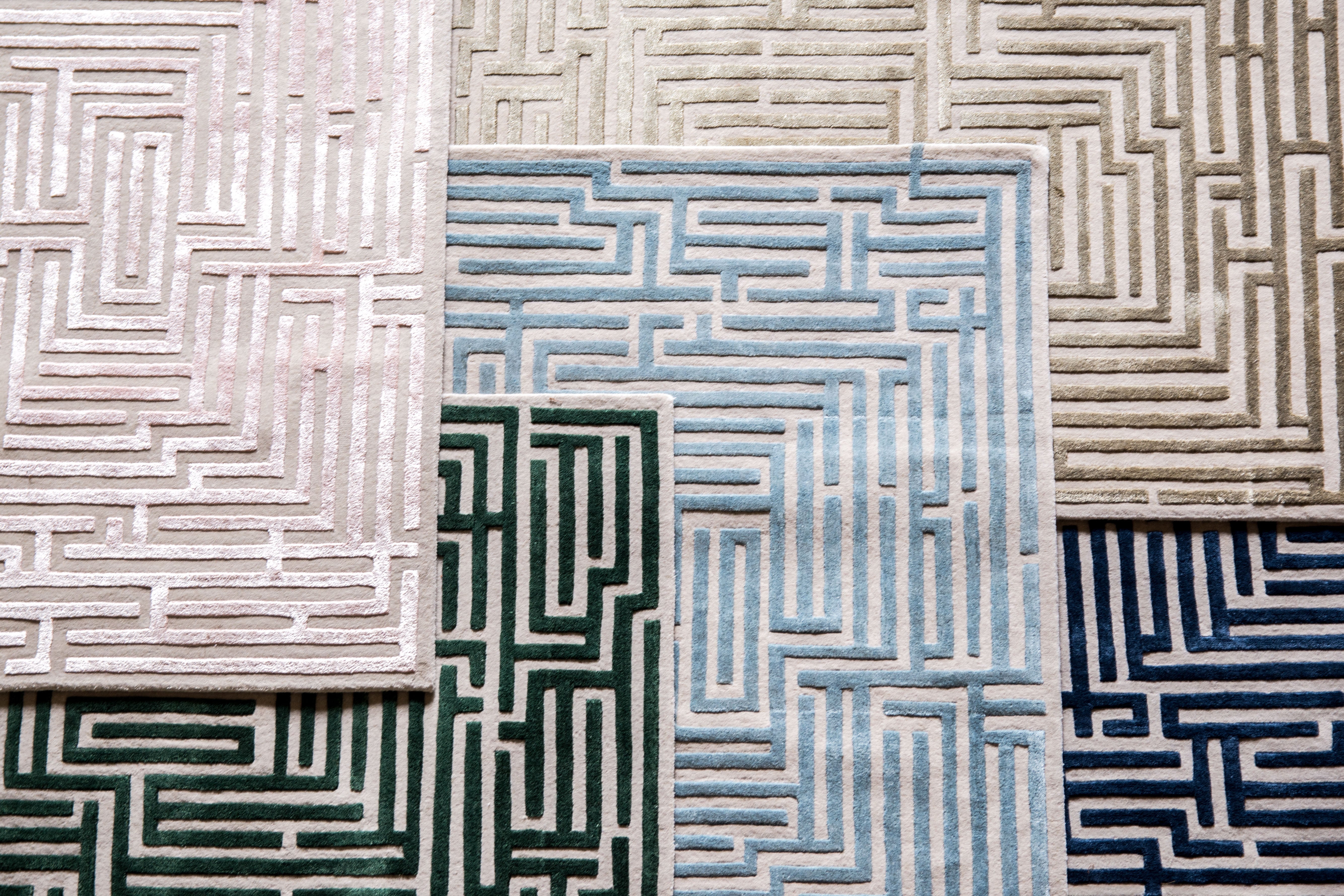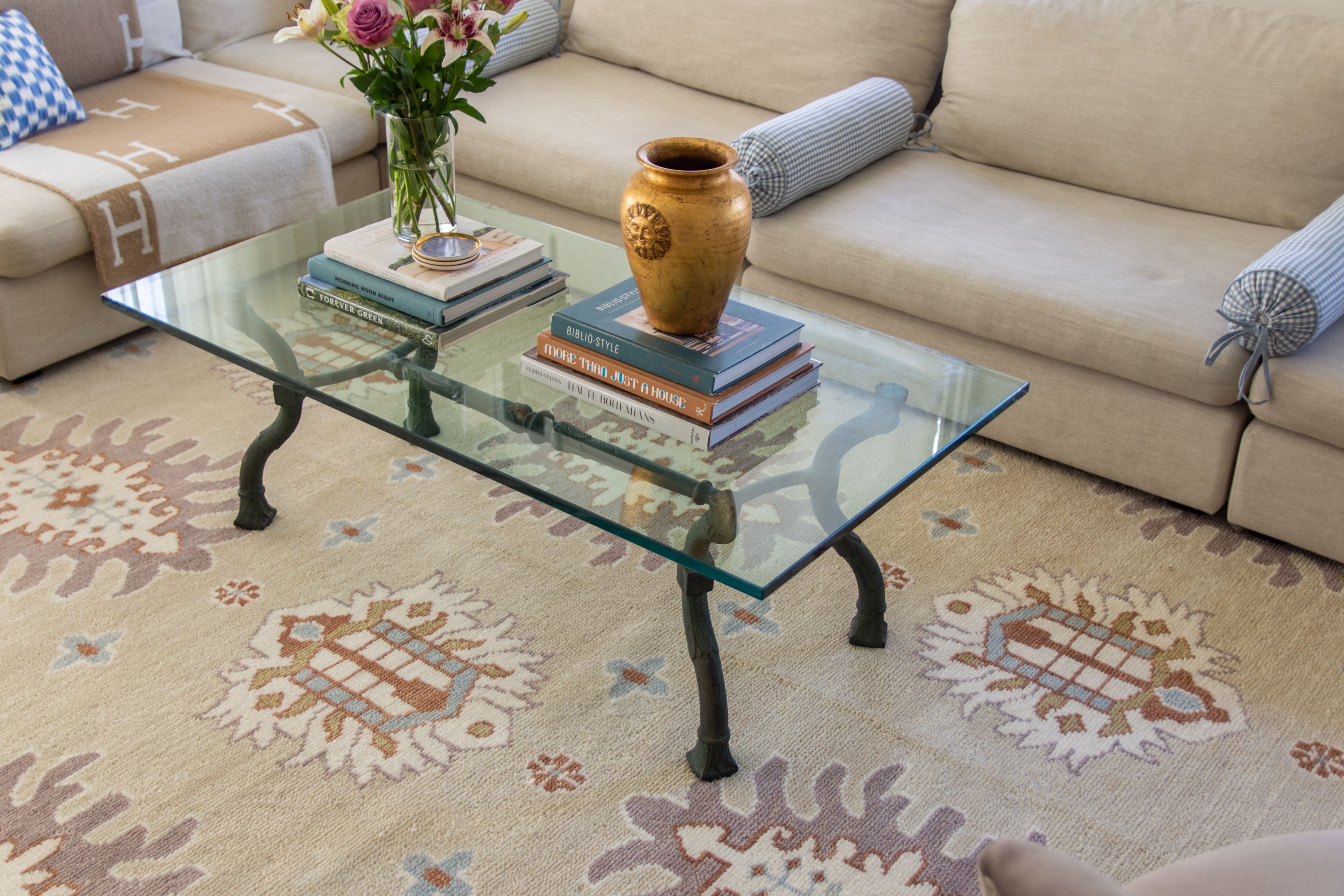Tips for Creating a Low-Maintenance Home through Strategic Improvements

Creating a low-maintenance home is about more than just cutting down on daily chores; it's about crafting a living space that simplifies your life, giving you more time to enjoy what truly matters. Whether you're renovating an old house or refining your current abode, strategic improvements can drastically reduce the amount of maintenance your home requires. This doesn't just save you time—it also saves you money and stress in the long run.
The key to achieving a low-maintenance home lies in making smart choices about the materials and technologies you incorporate. From the type of flooring you install to the technologies that power your living spaces, every decision plays a pivotal role.
In this article, we explore 10 essential tips for transforming your home into a low-maintenance haven. These practical tips will guide you through the best ways to enhance your home's efficiency and durability, from selecting the right professionals for major renovations to choosing the perfect color palette that keeps your walls looking fresh for years. Get ready to rethink the way you improve your home, ensuring it works smarter, not harder, for you.
1. Start with a Strong Foundation
When you're aiming for a low-maintenance home, it's essential to focus on the areas that need frequent repairs or updates. The bathroom, with its constant exposure to moisture and daily use, is a prime candidate. To truly minimize future hassle, consider involving Home Pro, known as the best bathroom remodeling company in West Michigan. These experts can guide you in selecting high-quality, durable materials that withstand the test of time and use. For instance, they might recommend mold-resistant paint or tiles, as well as fixtures that are both stylish and robust. Professional installation ensures that everything is done right the first time, preventing common issues like leaks or tile displacement that lead to unnecessary maintenance later.
2. Opt for Quality Flooring Solutions
The flooring of your home takes a beating from daily traffic, spills, and debris. To cut down on the need for frequent cleanings and refurbishments, choosing the right materials is key. Ceramic tile or luxury vinyl are excellent options for areas with a lot of foot traffic, like kitchens and hallways. These materials not only resist scratches and stains but also are simple to clean, requiring nothing more than a quick sweep and occasional mop. Furthermore, investing in high-quality flooring initially can be more cost-effective over time, as these floors won't need to be replaced as frequently as cheaper alternatives.
3. Simplify Your Color Palette
A simplified color palette not only contributes to a timeless aesthetic but also significantly reduces maintenance needs. By painting your walls in neutral tones such as beiges, grays, or whites, you can avoid the need for frequent touch-ups caused by marks or fading. These colors have the added benefit of making transitions between spaces feel seamless, promoting a cohesive look throughout your home.
4. Install High-Efficiency Windows
Replacing old windows with high-efficiency ones is a smart move for a low-maintenance home. These windows are designed to minimize energy loss, which not only cuts down your heating and cooling costs but also reduces the strain on your HVAC system, leading to less wear and tear. High-efficiency windows typically feature a double or triple-pane glass filled with inert gas to enhance insulation and a quality frame that resists warping, rotting, or mold growth.
5. Choose Low-Maintenance Landscaping
Landscaping is another area where strategic choices can significantly reduce upkeep. Opt for native plants that are adapted to your local climate and soil conditions; these require less water, fewer fertilizers, and minimal care compared to non-native varieties. Incorporating elements like rock gardens or mulched beds can also decrease the amount of lawn space, thus cutting down on the need for mowing and watering.
6. Update with Smart Home Technology
Smart home technology offers a seamless way to reduce maintenance by automating everyday tasks. Smart thermostats, for example, adjust your home's temperature based on your habits and preferences, optimizing energy use and minimizing wear on heating and cooling systems. Smart lighting can be programmed to turn on and off based on the time of day or the presence of people in the room, reducing energy consumption and extending bulb life.
7. Select Easy-Clean Kitchen Surfaces
The kitchen is a hub of activity in most homes, often requiring frequent cleaning. To cut down on this, choose materials for countertops and backsplashes that are easy to maintain. Quartz and granite are top choices for countertops as they are resistant to scratches, stains, and heat. Unlike other surfaces, they do not require regular sealing and can be cleaned with just a wipe of a mild soap solution. For backsplashes, ceramic or glass tiles work well as they do not absorb odors or stains and can be refreshed with a simple wipe down.
8. Embrace Minimalist Design
Adopting a minimalist design can dramatically reduce the time you spend on upkeep. This design philosophy involves fewer furnishings and simpler layouts, which means there's less to clean and maintain. Minimalist spaces emphasize open areas and clean lines, reducing the accumulation of dust and clutter. Furniture with clean lines and open frames doesn't trap as much dust and is easier to move around for cleaning. Additionally, having fewer decorative items means dusting takes less time, and organizing your space becomes more straightforward.
9. Invest in Quality Roofing Materials
The roof is one of the most crucial components of your home, protecting you from the elements. Choosing high-quality roofing materials can prevent frequent repairs and replacements. Metal roofing, for example, while more expensive initially, can last up to 50 years or more with little maintenance compared to traditional asphalt shingles. Slate and tile roofs also offer longevity and durability but require sturdy structural support due to their weight. These materials resist environmental damage such as rot, mold, or insect infestation, thereby reducing the need for regular maintenance.
10. Regular Maintenance Schedule
Even with all these low-maintenance improvements, setting a regular maintenance schedule remains essential. Regular checks can help catch minor issues before they turn into major problems, saving time and money in the long run. Create a seasonal maintenance checklist that includes inspecting HVAC systems, cleaning gutters, checking roofs and windows for leaks, and servicing major appliances.
Conclusion
Creating a low-maintenance home involves more than just choosing the right materials and technologies; it's about making strategic decisions that reduce the overall time and effort spent on upkeep. From installing smart home technologies to choosing durable surfaces and embracing minimalist designs, each step contributes to a more sustainable and easier-to-manage home. By implementing these tips, you not only enhance your living environment but also invest in a lifestyle that allows more time for relaxation and less time dealing with home maintenance tasks.









